Writing an outline is the first step towards creating a great character design
This is part 2 of a 3-part series on designing characters
- Part 1 – Character design tips for better concept art
- Part 2 [You Are Here] – How to write an outline for your character
- Part 3 – Building the perfect reference library
Looking to create your own character and get some character design tips for your art projects?
Start right here! Creating an outline is the first step to learning how to create your own character. And here’s the good news: This assignment is only a written one.
Part of creating a memorable character design is understanding the character on a deep level.
You may even remember doing an assignment like this in school, where you were asked to write out the back story for a character. But, for this first chapter of our character design tips, we’re going to go a little bit deeper.
If you don’t think of yourself as a ‘creative type’, you can take a short-cut here by designing a character for an existing world.
However, if you really want to learn this and improve, I encourage you to stretch those creative muscles and see how far you can go with creating a character that’s entirely your own.
Create Your own Character: Getting Started
The following exercises will help you really get inside your character. And, while you are doing these, you’ll most likely come up with even more ways to explore their personality.
Your goal here is to come up with – at the very least – 600 written words talking about who your character is. If you really get into this and write 2000 words, that’s no problem…
Just remember this is a creative exercise to get you to explore and understand your character on a deeper level before you get into the visual work.
Not all these categories will directly apply to all characters, but they’re all worth considering with the goal of creating a character with more depth.
When picking up character design tips and learning how to create your own character, remember even the ‘simplest’ characters can have an extremely deep and interesting back story behind them!
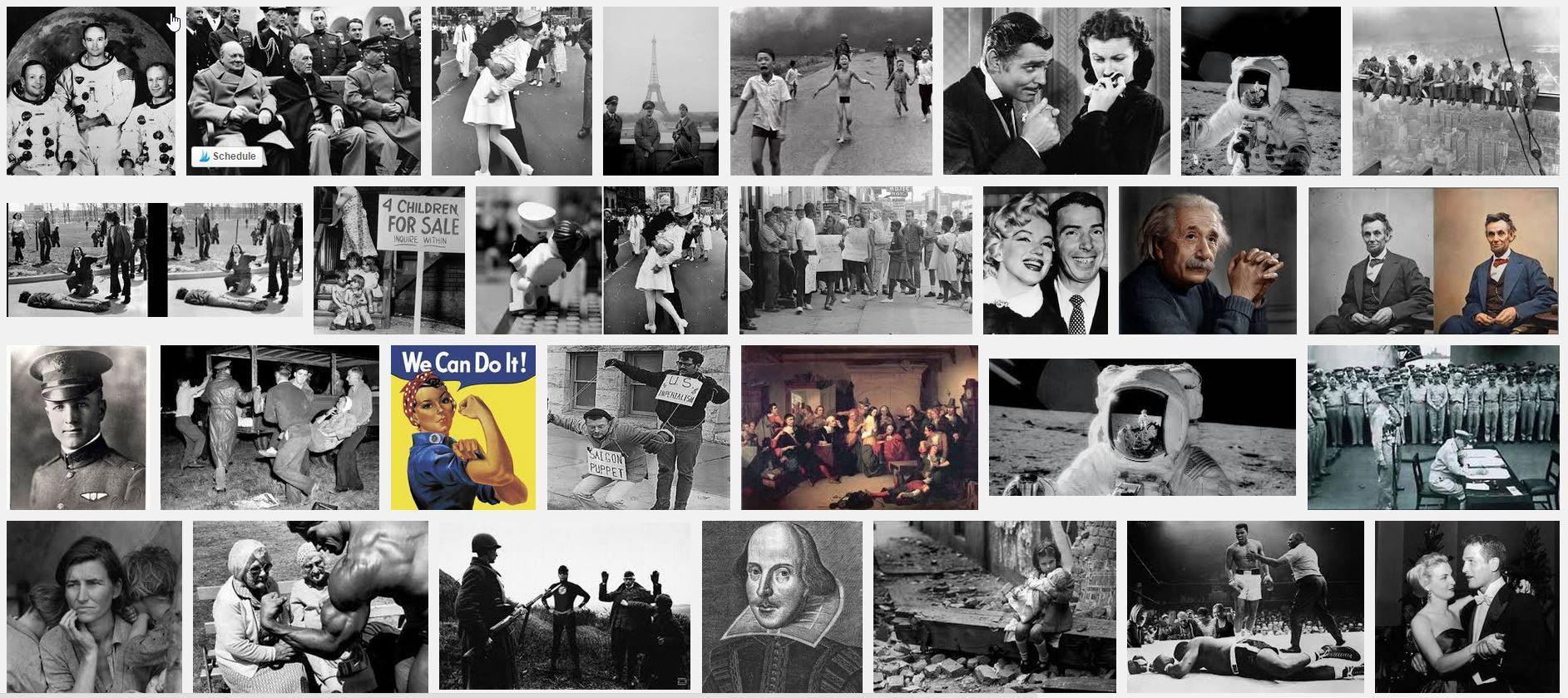
Try searching Google or Wikipedia for good character design reference images when learning how to create your own character
Character Design Tips #1 – Creating a Great Back Story
This is the easiest section of our character design tips. It’s like writing a brief biography for your character, telling people where they’ve been, what they’ve done, and who they’ve done it with.
A good place to find references for this is Google image search or Wikipedia. Just try looking up some famous people from history.
Character Design Tips #2 – Unique Abilities
Even if we aren’t superheroes, we all have special abilities. What makes your character special in the world? For example, are they great at reading body language, so they always know when someone is lying?
It’s easy to go into the superhuman abilities here, but don’t forget to pay attention to the little details that can make your character unique and special.
Character Design Tips #3 – Mood/Demeanor
What is your character’s outlook on the world like? Are they easy-going, serious, or even a bit miserable?
This is your design and you can make it whatever you want. When you’re thinking about the mood, you could also write out how the character would react in certain situations…
For example, if your character was in a convenience store and saw a robbery about to happen, what would they do?
Or, if your character had to make a difficult choice between two equally bad options, which one would they choose and why?
Character Design Tips #4 – Environment
This can be a really huge topic on its own. So, if you’ve chosen to try designing a character for an existing world, the environment part of this will already be established for you.
For example, if you wanted to create a new character for the Star Wars universe, you could take one of the popular planets as your environment. Then, you could start designing a new character that would live in that environment.
If you’re designing something totally from scratch, the environment could be as simple as ‘contemporary Earth’, or it could have an additional twist on it to make it unique.
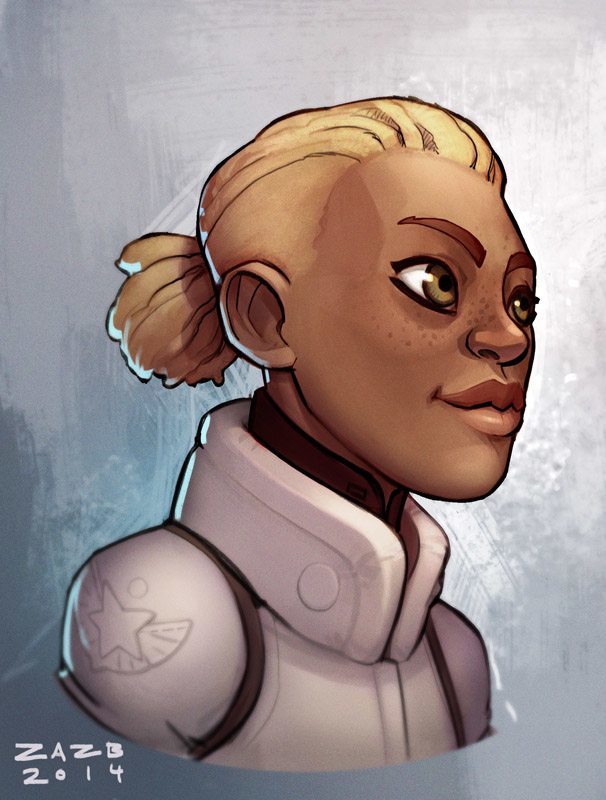
Lem – a space pirate character created by Guillaume Bonnet, aka ZazB
The important part to think about when learning how to create your own character is that characters are usually a product of their environment.
For example, when we look at the natural world, we can see certain species of animals that have developed over time in a certain way to take advantage of their environment.
To take this to a character level, let’s say that you want to design a space pirate. Your character is going to be surrounded by other rough pirates, and their ships, clothing, equipment and even their speech would all be influenced by this.
Character Design Tips #5 – Hierarchy/Status
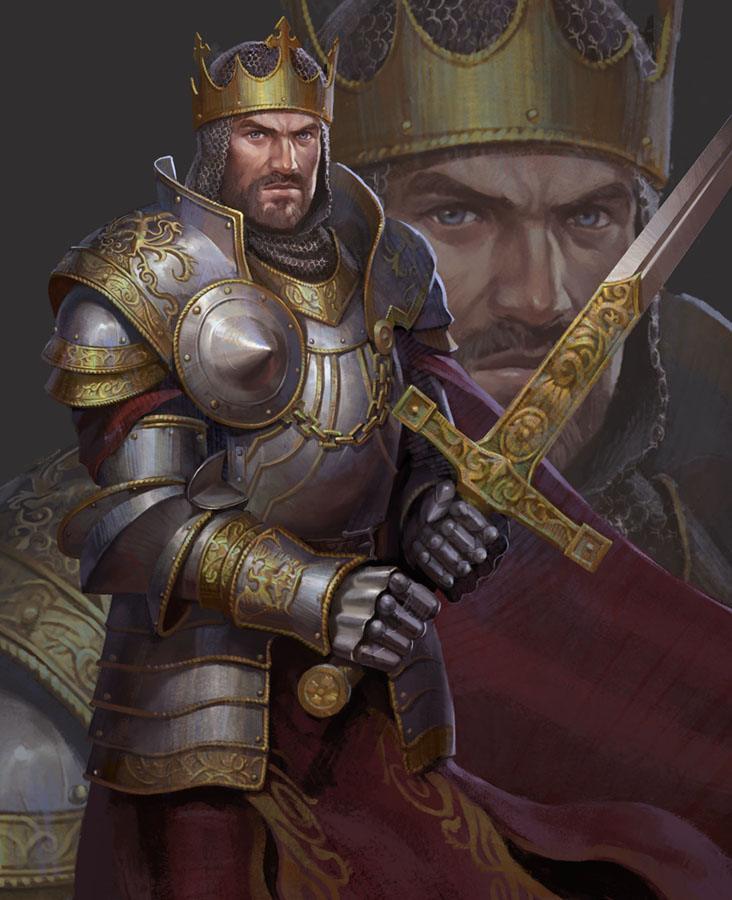
King – character design art by Zhang Qipeng
Where does your character sit in the ‘natural order’ of things? Are they a leader? Are they a king or queen?
Are they the lowest of the low? Perhaps you’re going to use them to tell a story of their greatness?
Understanding where your character fits in with the other characters can help establish your character’s confidence.
It will also help you understand how they are likely to behave in different situations.
Character Design Tip #6 – Equipment/Gear
It doesn’t matter which character you’re designing, there will probably invariably be some element of equipment or gear your character uses.
For example, Batman has his utility belt, Superman has got his cape…
So even if you are writing a story about a completely ‘normal’ family where the mom is the main character, she’s still going to have her favorite coffee cup, her vehicle, her favorite T-shirt etc.
If your character’s equipment has a special purpose and is one of their key features, make sure to write that out.
As an example of this, you might argue that, for a character like Samus from the Metroid games, her suit is the most important part of her character design.
Samus Aran from Metroid fanart by Moonarc
Character Design Tip #7 – Family/Friends
Who does your character hang out with, and why do they choose to hang out together? What is their relationship like?
Character Design Tip #8 – Enemies
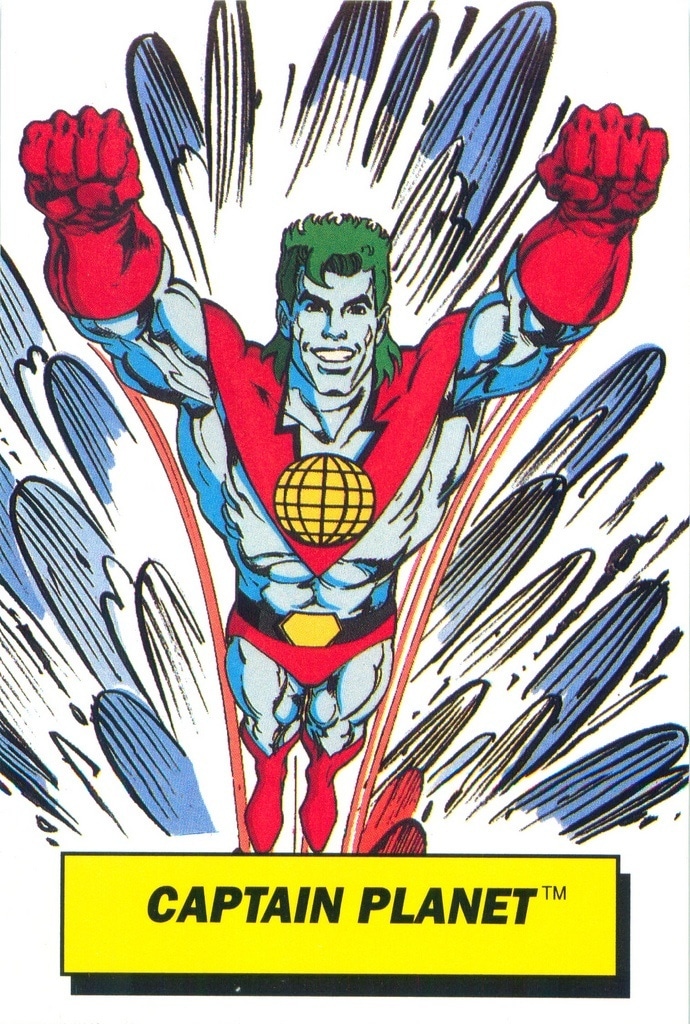
Captain Planet is on a mission to banish pollution!
Does your character have an enemy? Your character’s nemesis could be another character…but it could also be a thing, or an idea.
Maybe your character hates pollution? And, while there isn’t one central ‘Pollution King’ enemy, he fights to keep the world clean by dealing out justice to the worst polluters (yes, this idea was actually made into a cartoon named Captain Planet)!
When you’re learning how to create your own character, knowing what they’re fighting against can help you understand what they really stand for.
And sometimes, it’s easier to write out a list of opposites as your starting point to find out what you are trying to say.
Character Design Tip #9 – Stereotypes
There are many character stereotypes, but when you want your character design to be original, you’re going to need to put a twist on the old stereotype to come up with something new.
Just to give you an idea of some of the different stereotypes, this list of comic book stereotypes is great.
Here is a short list from the above article:
- The Boyscout
- The Devoutly Religious Demon
- The Bad-Boy
- The Demon
- The Stereotypical Villain
- The “Gifted” Female
- Hey, Look, I’m Radioactive
- The Teenager
- Evil Counterparts
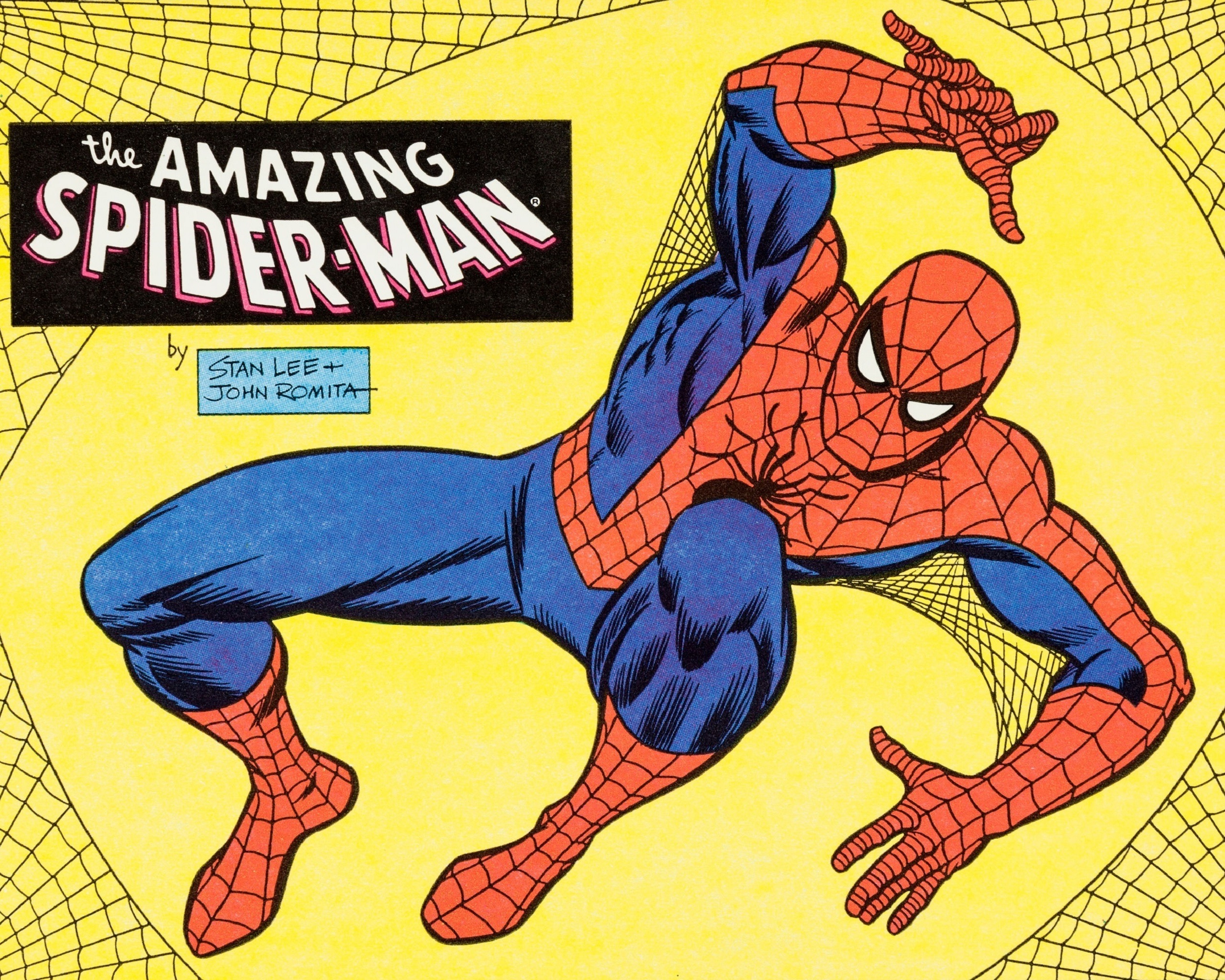
Comic fans could really identify with the human flaws in characters such as the Amazing Spider-Man
Character Design Tip #10 – Flaws
Do you know one of the things that made Marvel comics so popular in the early days?
Their characters had flaws and were far more complex than the DC comics characters. Flaws are what make us unique and special, and the same thing applies to the character you are designing.
If you want to go deeper on the psychology behind superheroes, check out this post from our blog.
Character Design Tip #11 – Inhibitions
What isn’t your character willing to do? Where do they draw the line between something they won’t – or maybe can’t – do?
And, to make things interesting, what happens when your character is put into these types of situations?
Character Design Tip #12 – Motive/Purpose
If you were able to look inside your character’s heart and brain and really see what was going on inside there, what would you understand about them?
What makes them tick and what are they trying to achieve with their life?
What To Do Next
Alright, so now you have a whole bunch of different ways to learn how to create your own character. You’ve learned how to break their personality down and understand them on a completely new level.
So if you feel like you’re ready to just jump in and start on your own character, go and do that right now! Understanding your character is time very well spent.
If you’re not exactly sure where to get started, that’s OK as well. If you’re in this situation, I’d like you to take whichever is more exciting to you: your favorite character, OR a character you know the most about, and then complete the writing exercise for that character to break down what they are all about.
Then, once you are warmed up and feeling creative by writing out what makes that other character so special, you can go in and do the exercise for creating your own unique character.
What if you get Stuck?!
Don’t worry if you get stuck. You’re flexing your creative muscles here, and it may have been a while since you used them in this way.
So, if you get stuck, just give yourself a moment to relax, take a deep breath and center your thoughts, and see if you can get back to it.
I know this advice might sound a little ‘woo-woo’, but I wouldn’t recommend it if I wasn’t finding it extremely effective myself in learning how to create your own character! 🙂
Pencil Kings Member Extra
On October 12, we launched our Character Design Intensive Workshop….
Lots of our members registered for this, and they’re now taking the next steps to creating their character design concepts.
This is the first blog post to accompany the workshop, and we can’t wait to see how our artists learn to develop their ideas and take their character design skills to the next level.
Why not see how they’re making real progress with their art?
Members: Check out the Character Design Intensive in the Community
Not a Member of PK? Click here to learn more about Pencil Kings
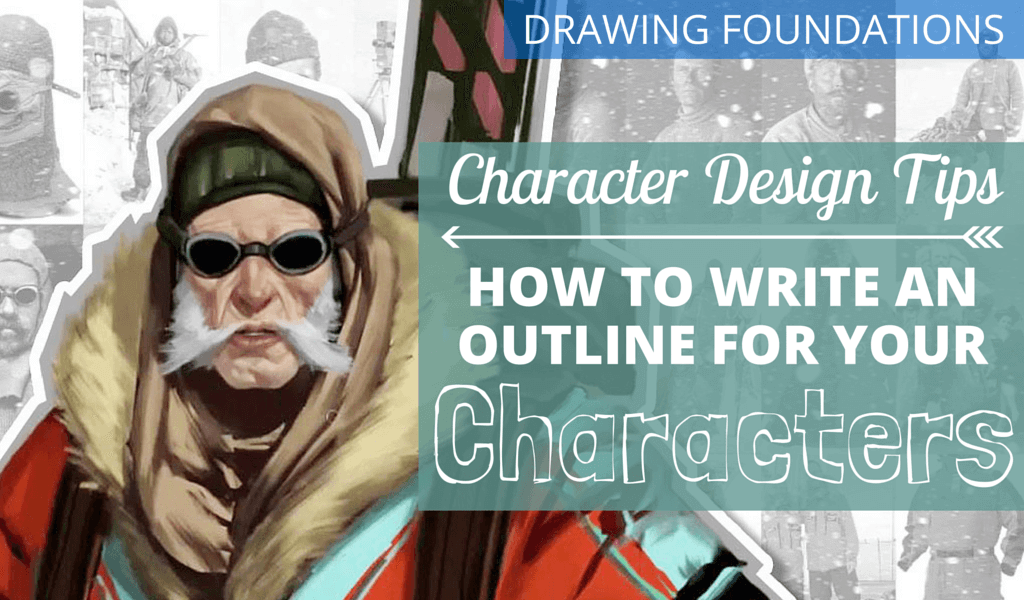
Really excellent article!
Add some more reference from deviantart.. Its good article